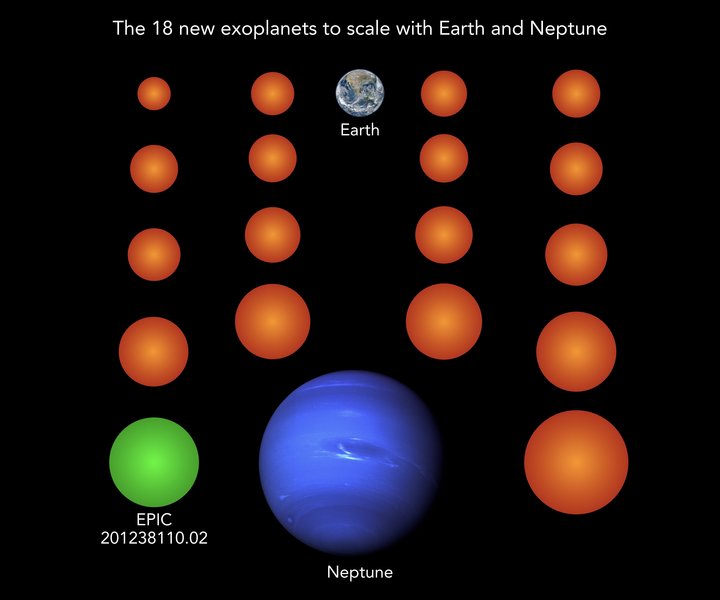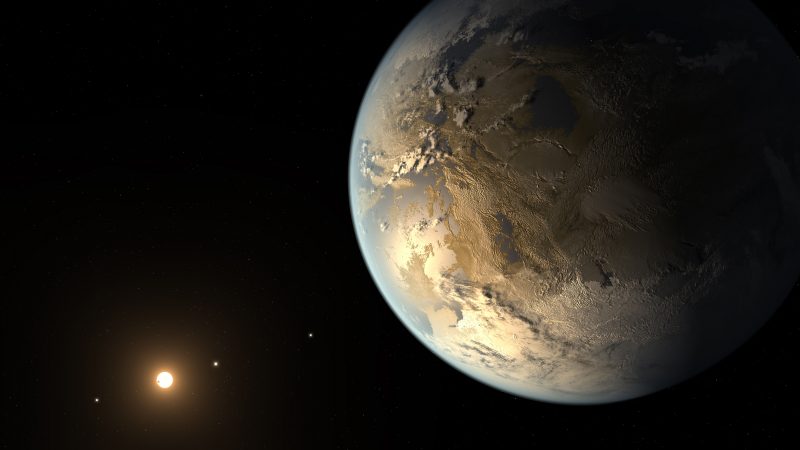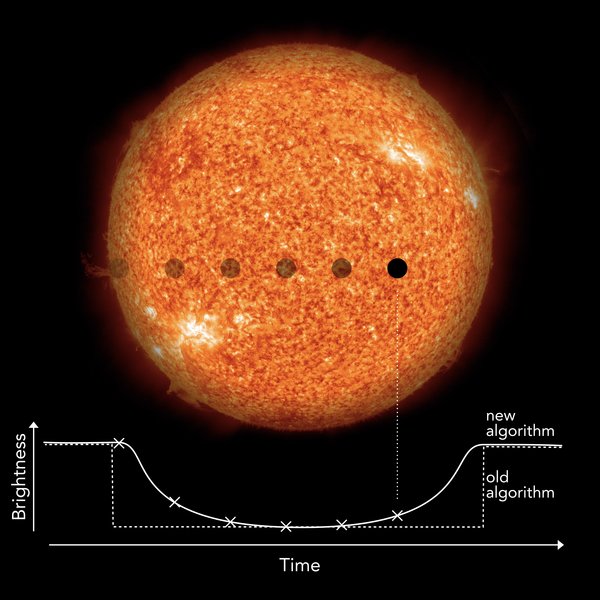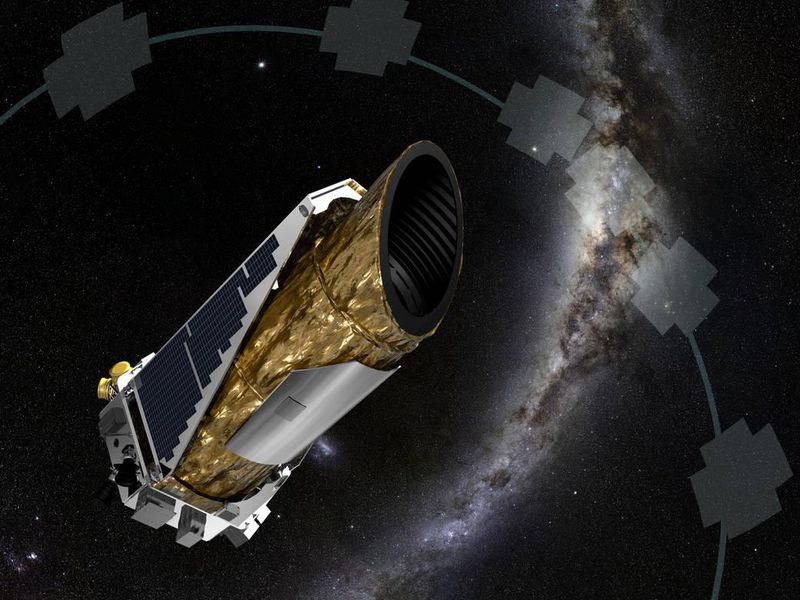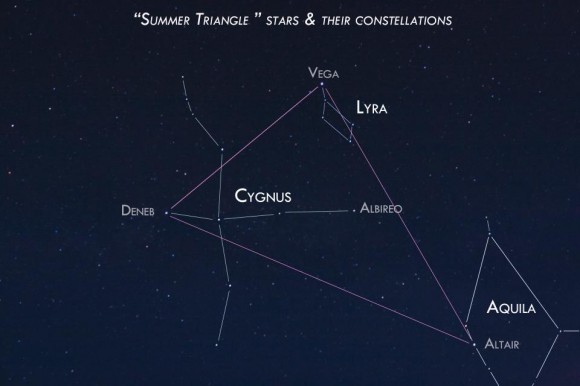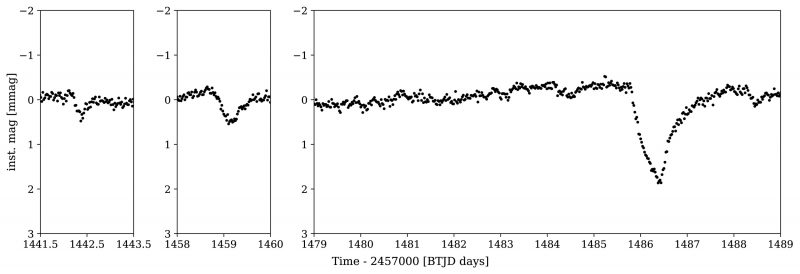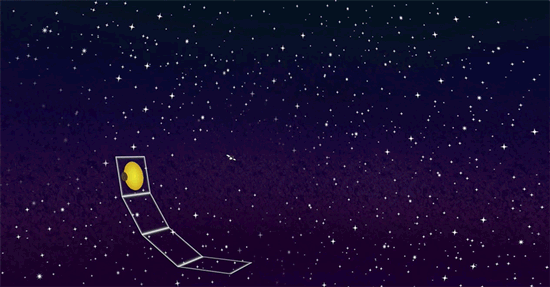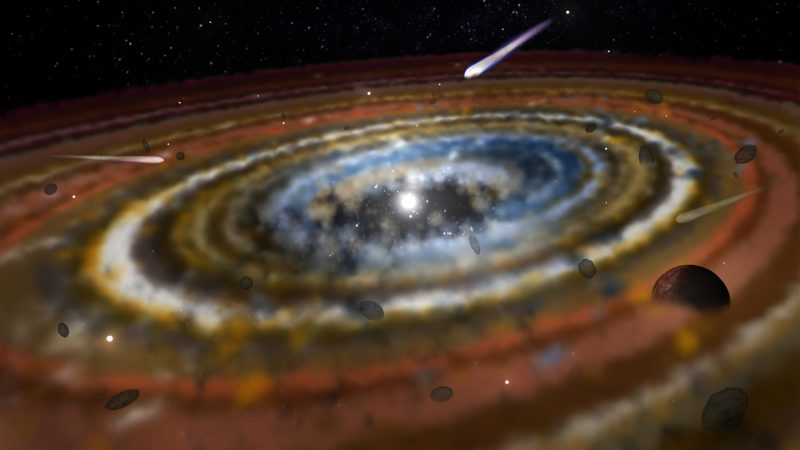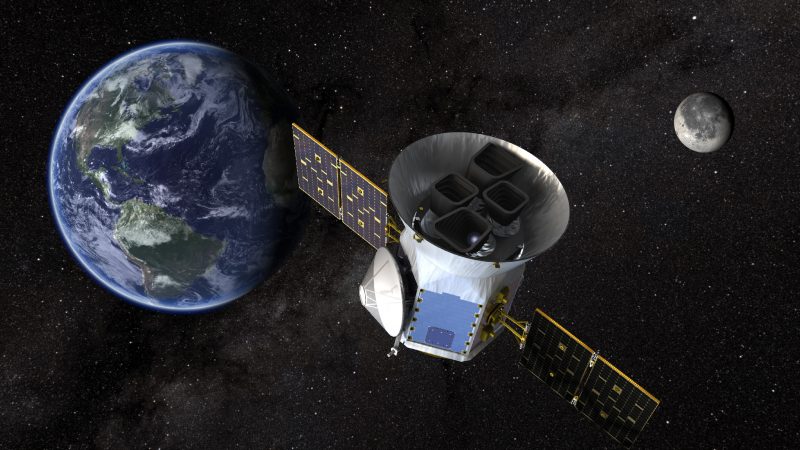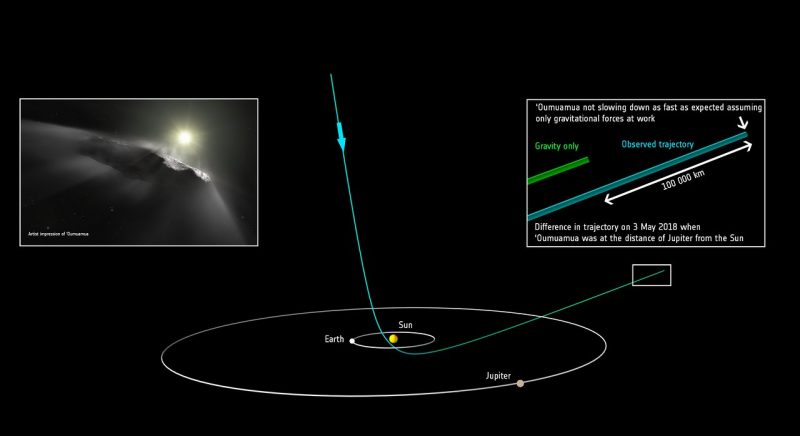This is a re-post from Yale Climate Connections by Bud Ward
Let’s buy for a moment the well-traveled viewpoint that the news media like nothing better than a good crisis. Nothing like a crisis, and better yet two, to kick reporters’ and editors’, let alone media bean counters’, adrenaline into overdrive. Bring on the banner headlines, the grit and joy of covering someone else’s disasters up-close and personal, perhaps even a greater shot at one of journalism’s more glamorous prizes or awards.
But what, one might ask, when the crisis is not someone else’s, but rather a crisis in the house of journalism itself? As with the current decades-old and decades-more-to-come demise of the subscriber- and advertiser-paid business model? What if, one well might wonder, the crisis is in journalism itself?
Commentary
And to compound the dilemma at hand, what if the crisis in journalism comes during an equally, and by all accounts even more serious (truly existential?) confounding crisis? As in misery loves company.
Take the climate change crisis as Exhibit A.
As luck would have it – bad luck, that is – the climate change crisis as we understand it, and as we don’t yet fully understand it, has been occurring and will continue to occur during a time of crisis for responsible journalism. Oh darn.
Journalism gurus pretty much accept that the ongoing crises of change surrounding and overwhelming many news enterprises will go on for a number of decades before, one hopes, we can all adapt to where it ends up. We can be pretty certain that our kids, and also theirs, will be dealing with this snowballing news/information dilemma for years, probably decades, to come.
The same, of course, applies to what many experts now feel can only fairly be characterized as a “climate crisis.” Again, as with journalism, it’s a crisis of our own making.
It’s not like there aren’t serious efforts to help mitigate the long-term harm, to avoid the worst possible impacts. And we can take comfort that that applies, at least for now, to both journalism and to climate change.
Climate crisis … meet journalism crisis
So it’s into this double-edged conundrum that enters the proverbial knight in shining armor. It comes in the form of a new consortium of journalism interests with the specific purpose of vastly improving media coverage of the climate crisis. No small challenge, that.
For into this muddle comes the storied Columbia Journalism Review, operating from within the hallowed halls of perhaps the world’s foremost academic shrine to journalism excellence, and a supporting crew of committed journalism organizations.
United behind the hashtag #CoveringClimateNow, this foundation-funded effort has in mind nothing less than what CJR Editor Kyle Pope has called “an unprecedented week-long organization of the media to focus coverage on climate change,” And that’s just one component of the overall plan, one that on its own could make herding cats seem a walk in the park.
With a $1 million grant from the Schumann Foundation and its veteran journalist and author Bill Moyers, the new initiative met at Columbia in late April amid an admiring crowd of like-minded media representatives and concerned climate activists. Co-sponsored in part by The Nation magazine and its veteran environment correspondent Mark Hertsgaard, the session featured speakers and panelists who presented a number of salient observations about the nuts and bolts – and also about the heart and conscience and the blood and guts – of journalism in this current era, some no doubt more realistic than others:
- Author and activist Bill McKibben: “It’s not the job of journalists to see that people get upset, but the news is upsetting.”
- Margaret Sullivan of the Washington Post: It’s fine for news media to be advocates for press rights. Does it follow that they can also be advocates for a “healthy planet”?
- Book author, opinion columnist, and self-identified provocateur and activist Naomi Klein: “It is impossible to be apathetic about the end of the world.” Scared? Yes, but not apathetic. Klein also suggested a need for a disinvestment movement on the part of news media: Ban fossil fuel advertisements, as they outweigh the amount of news coverage on greenhouse gases and fossil fuels.
- Book author and journalist Hertsgaard discussed plans for “a journalist’s playbook for a 1.5 C [degree] world”
- Environmental advocate and campaigner David Fenton said that for the “three major networks – climate change is ‘missing in action’ … it doesn’t exist … a giant act of moral cowardice” based on networks’ fear of right-wing retribution.
- Author and TV veteran Moyers, long a top official with the Schumann Foundation and bearer of the $1 million Schumann check: quoted David Attenborough as expressing climate concerns and resulting prospects for “the collapse of civilization and the extinction of much of the natural world.”
Some preliminary ideas
As part of its launch, the media consortium, which included The Guardian of the U.K., published a Hertsgaard and Pope essay in The Nation entitled “The media are complacent while the world burns.”
In that piece, the two authors put forward a series of “preliminary suggestions” under such sub-headlines as:
- Follow the leaders, “emulate outlets that are already covering climate change well.”
- Don’t blame the audience and listen to the kids.
- Establish a diverse climate desk, but don’t silo climate coverage.
- Learn the science.
- Don’t internalize the spin.
- Lose the Beltway mindset.
- Help the Heartland.
- Cover the solutions.
- Don’t be afraid to point figures.
Their provocative and entreaty-filled ideas amount to the proverbial clarion call to action, in this case for the enfeebled news media to come to the aid of an endangered and in many ways politically immobilized planet, ours.
Hertsgaard and Pope conclude their piece by writing: “If American journalism doesn’t get the climate story right – and soon – no other story will matter. The news media’s past climate failures can be redeemed only by an immediate shift to more high-profile, inclusive, and fearless coverage.”
Who among sentient and caring human beings, one might seriously ask, could fault the effort? Who also, one might wonder, might be tempted to ask: What could possibly go wrong?
Sure. Plenty, one might reasonably think. But as they say, “any ship in a storm,” and this still-emerging initiative seems as seaworthy as any other yet proposed to take on the double-jeopardy challenges of a weakened news media in a warming climate.
See related story: CJR’s covering climate change event proposes better journalism for a better climate
from Skeptical Science http://bit.ly/2XaqpNU
This is a re-post from Yale Climate Connections by Bud Ward
Let’s buy for a moment the well-traveled viewpoint that the news media like nothing better than a good crisis. Nothing like a crisis, and better yet two, to kick reporters’ and editors’, let alone media bean counters’, adrenaline into overdrive. Bring on the banner headlines, the grit and joy of covering someone else’s disasters up-close and personal, perhaps even a greater shot at one of journalism’s more glamorous prizes or awards.
But what, one might ask, when the crisis is not someone else’s, but rather a crisis in the house of journalism itself? As with the current decades-old and decades-more-to-come demise of the subscriber- and advertiser-paid business model? What if, one well might wonder, the crisis is in journalism itself?
Commentary
And to compound the dilemma at hand, what if the crisis in journalism comes during an equally, and by all accounts even more serious (truly existential?) confounding crisis? As in misery loves company.
Take the climate change crisis as Exhibit A.
As luck would have it – bad luck, that is – the climate change crisis as we understand it, and as we don’t yet fully understand it, has been occurring and will continue to occur during a time of crisis for responsible journalism. Oh darn.
Journalism gurus pretty much accept that the ongoing crises of change surrounding and overwhelming many news enterprises will go on for a number of decades before, one hopes, we can all adapt to where it ends up. We can be pretty certain that our kids, and also theirs, will be dealing with this snowballing news/information dilemma for years, probably decades, to come.
The same, of course, applies to what many experts now feel can only fairly be characterized as a “climate crisis.” Again, as with journalism, it’s a crisis of our own making.
It’s not like there aren’t serious efforts to help mitigate the long-term harm, to avoid the worst possible impacts. And we can take comfort that that applies, at least for now, to both journalism and to climate change.
Climate crisis … meet journalism crisis
So it’s into this double-edged conundrum that enters the proverbial knight in shining armor. It comes in the form of a new consortium of journalism interests with the specific purpose of vastly improving media coverage of the climate crisis. No small challenge, that.
For into this muddle comes the storied Columbia Journalism Review, operating from within the hallowed halls of perhaps the world’s foremost academic shrine to journalism excellence, and a supporting crew of committed journalism organizations.
United behind the hashtag #CoveringClimateNow, this foundation-funded effort has in mind nothing less than what CJR Editor Kyle Pope has called “an unprecedented week-long organization of the media to focus coverage on climate change,” And that’s just one component of the overall plan, one that on its own could make herding cats seem a walk in the park.
With a $1 million grant from the Schumann Foundation and its veteran journalist and author Bill Moyers, the new initiative met at Columbia in late April amid an admiring crowd of like-minded media representatives and concerned climate activists. Co-sponsored in part by The Nation magazine and its veteran environment correspondent Mark Hertsgaard, the session featured speakers and panelists who presented a number of salient observations about the nuts and bolts – and also about the heart and conscience and the blood and guts – of journalism in this current era, some no doubt more realistic than others:
- Author and activist Bill McKibben: “It’s not the job of journalists to see that people get upset, but the news is upsetting.”
- Margaret Sullivan of the Washington Post: It’s fine for news media to be advocates for press rights. Does it follow that they can also be advocates for a “healthy planet”?
- Book author, opinion columnist, and self-identified provocateur and activist Naomi Klein: “It is impossible to be apathetic about the end of the world.” Scared? Yes, but not apathetic. Klein also suggested a need for a disinvestment movement on the part of news media: Ban fossil fuel advertisements, as they outweigh the amount of news coverage on greenhouse gases and fossil fuels.
- Book author and journalist Hertsgaard discussed plans for “a journalist’s playbook for a 1.5 C [degree] world”
- Environmental advocate and campaigner David Fenton said that for the “three major networks – climate change is ‘missing in action’ … it doesn’t exist … a giant act of moral cowardice” based on networks’ fear of right-wing retribution.
- Author and TV veteran Moyers, long a top official with the Schumann Foundation and bearer of the $1 million Schumann check: quoted David Attenborough as expressing climate concerns and resulting prospects for “the collapse of civilization and the extinction of much of the natural world.”
Some preliminary ideas
As part of its launch, the media consortium, which included The Guardian of the U.K., published a Hertsgaard and Pope essay in The Nation entitled “The media are complacent while the world burns.”
In that piece, the two authors put forward a series of “preliminary suggestions” under such sub-headlines as:
- Follow the leaders, “emulate outlets that are already covering climate change well.”
- Don’t blame the audience and listen to the kids.
- Establish a diverse climate desk, but don’t silo climate coverage.
- Learn the science.
- Don’t internalize the spin.
- Lose the Beltway mindset.
- Help the Heartland.
- Cover the solutions.
- Don’t be afraid to point figures.
Their provocative and entreaty-filled ideas amount to the proverbial clarion call to action, in this case for the enfeebled news media to come to the aid of an endangered and in many ways politically immobilized planet, ours.
Hertsgaard and Pope conclude their piece by writing: “If American journalism doesn’t get the climate story right – and soon – no other story will matter. The news media’s past climate failures can be redeemed only by an immediate shift to more high-profile, inclusive, and fearless coverage.”
Who among sentient and caring human beings, one might seriously ask, could fault the effort? Who also, one might wonder, might be tempted to ask: What could possibly go wrong?
Sure. Plenty, one might reasonably think. But as they say, “any ship in a storm,” and this still-emerging initiative seems as seaworthy as any other yet proposed to take on the double-jeopardy challenges of a weakened news media in a warming climate.
See related story: CJR’s covering climate change event proposes better journalism for a better climate
from Skeptical Science http://bit.ly/2XaqpNU








